Following the demise of his literary magazine, Iris, and the poor reception afforded to his own literary efforts, including his plays The Captive Princess (1909) and Gothic Fairy Tale (1910), Gerard Ceunis decided to turn his attention to the visual arts. According to Christophe Verbruggen, Ceunis enrolled at the Ghent Academy, graduating in 1912, and in the following year exhibited for the first time at the Ghent Salon.
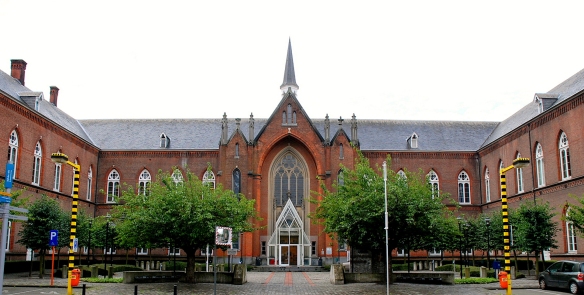
Royal Academy of Fine Arts, Ghent (via nl.wikipedia.org)
After he moved to England in 1914, Ceunis continued to paint, even as he worked at developing his clothing business in London and Hitchin. Information about his artistic output in those early years in England is hard to come by, but I’ve found a couple of references online to exhibitions that took place soon after Ceunis’ arrival.
On 10th March 1915 the ‘London Letter’ column of the Aberdeen Press and Journal included a piece headed ‘Belgian Art of the Newer School’, reporting on ‘a modest but quite interesting little show’ at the Municipal Art Gallery in Kingston-on-Thames. Gerard Ceunis is listed as one of the ‘better-known Belgian artists whose work will be seen in this country for the first time.’
In the following year, a number of paintings by Belgian artists were exhibited at Folkestone Museum, including Ceunis’ ‘Chrysanthemums’, described by the Folkestone, Hythe, Sandgate and Cheriton Herald of 8th July 1916 as ‘a painting of some splendid specimens well worthy of the artist’s attention.’
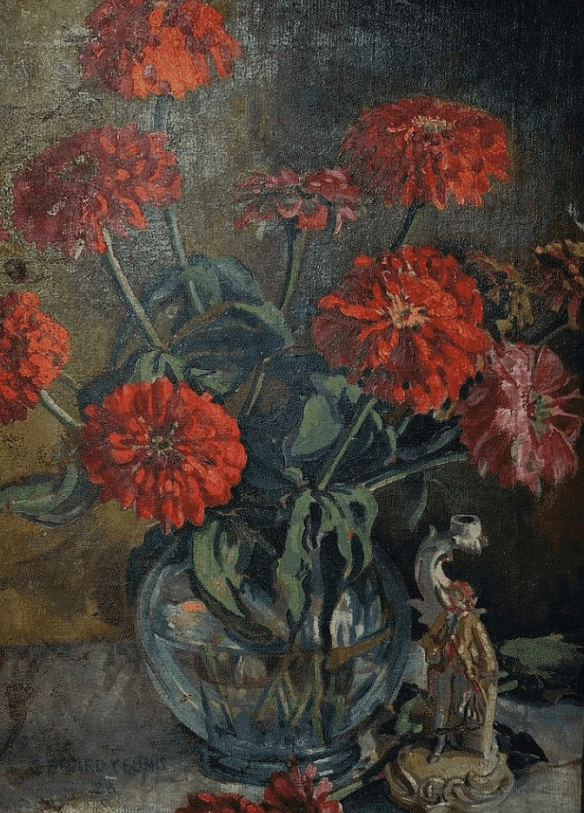
Gerard Ceunis, ‘Still Life With Flowers in a Glass Vase’ (undated, private collection)
There is then a long gap in the record – or, at least, in what I’ve been able to discover so far – until 1930, which seems to have been something of an annus mirabilis for Gerard Ceunis. It was in this year that, according to Christophe Verbruggen, the Arlington Gallery in Old Bond Street, London staged a retrospective of Ceunis’ work by:
His work was highly thought of in England. Ceunis was discussed positively in the leading art magazines and national newspapers. A large-scale retrospective at the famous Arlington Gallery in London in 1930 was opened by the Belgian ambassador.
On 5th February 1930 The Scotsman included the following appraisal by ‘our London critic’ of the retrospective, beneath a review of an exhibition of paintings by Vanessa Bell:
How different is the work of Gerard Ceunis at the Arlington Gallery. The artist, a Belgian, declares in his foreword that ‘these landscapes, flower pieces, portraits, and still-life studies are meant to be receptacles for holding a much more important treasure: My Rapture.
He then proceeds to unfold the meaning of this. He is a bold man who these cynical days claims to possess unique Raptures, but the possession is even rarer than the genius for communicating them to others. M. Ceunis, it must be confessed, communicates to us from these heavily loaded, gaudily coloured paintings no particularly novel or agreeable sensations. But in one case he has succeeded completely his emotions, although these we can hardly believe to have been rapturous. This in a picture entitled ‘The Cabin’, a delightful study of ‘mal-de-mer’.
A review in the arts section of the Yorkshire Post on 6th February was also somewhat equivocal:
Mr Gerard Ceunis, whose oil paintings are now on view at the Arlington Gallery, has been bold enough to write a foreword to his own work. He pleads for sympathetic collaboration by those who would judge his work. Such collaboration is, of course, always necessary for the enjoyment of any painting from Cimabue to Picasso. We will only get as much from a picture as we can give ourselves. But of Mr Ceunis’s own work we would only say that it is best when it is simplest. This applies more especially to his colour, which suffers sometimes from over-elaboration. ‘Head of a Girl’ (16) is a pleasing portrait, for which the charm of the sitter is not wholly responsible. It is simple in line and colour. We preferred ‘Still Life’ (26) and ‘Flowers’ (27) to the ‘Curtain’ (28), though we note that they are priced at a lower figure in the catalogue. We suspect that Mr Ceunis paints the better when he is less anxious in analysis and the more restrained. Reserve is a vital ingredient in art. The Greeks never forgot it, and it was their enduring legacy to mankind.
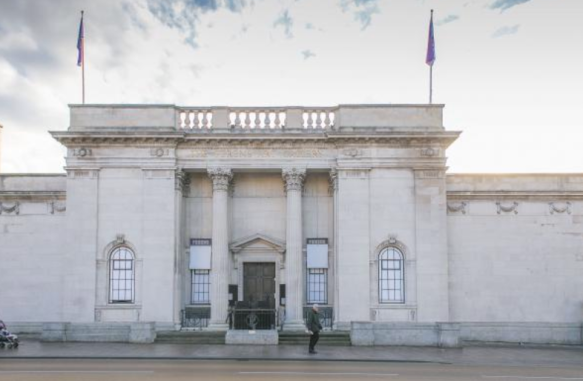
Ferens Art Gallery, Hull (via http://www.hcandl.co.uk)
An exhibition of modern paintings at Hull’s Ferens Art Gallery in the same year included four canvases by Ceunis, and was reviewed in the Hull Daily Mail on 31st March. Three of the paintings were described as ‘most excellent examples of the best form of impressionist art…each with a still life or floral subject carried out with heavy inlay of colour.’ The review continued: ‘In spite of the very definite colouring and curious treatment, each is a perfect reproduction of its subject.’ The reviewer was less keen on a fourth Ceunis canvas, entitled ‘Sunlight’, warning that it ‘may strike the viewer as being too lurid’. A further exhibition at the same gallery in the following year, this time of work by Belgian artists, included, according to the Hull Daily Mail of 16th July 1931, ‘two flower pieces’ by Gerard Ceunis ‘whose work has several times graced other exhibitions in our Hull gallery’.

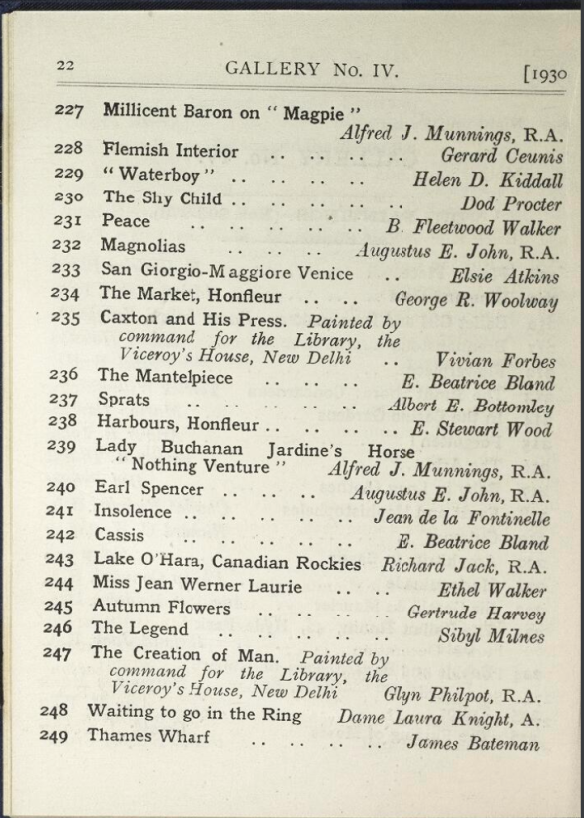

Gerard Ceunis in the catalogue of the Royal Academy Summer Exhibition, 1930 (via http://www.royalacademy.org.uk)
Unfortunately I’ve been unable to find reproductions online of any of the paintings mentioned in these reviews. However, the painting that Ceunis submitted for the Royal Academy’s summer exhibition, also in 1930, entitled ‘Flemish Interior’, is almost certainly identical to ‘Flemish Room’, the painting of his which the Letterenhuis in Antwerp accepted after the artist’s death, at the insistence of the author Johan Daisne (see this post). This painting, somewhat reminiscent of the interiors by Pierre Bonnard, has a depth and richness lacking in some of the artist’s other work, and is a personal favourite of mine.

By comparison with Theodor Kern, the other Hitchin-based émigré artist whose life I’ve been researching, Gerard Ceunis seems poorly represented in public collections, at least in those that I’ve been able to access so far online. For example, while the ArtUK website includes reproductions of 101 paintings by Kern, mainly from the collection at Wardown Park Museum in Luton and a few from galleries elsewhere, the page devoted to Ceunis has only 9 pieces, all of them owned by North Hertfordshire Museum. Most of these are dated 1930 or thereabouts, and are in a rather plain, realist style which (with the possible exception of the painting of St Mary’s church at night) I personally find less interesting than the impressionism of ‘Flemish Room’. Three of the pictures are of Hitchin market place while a fourth depicts the view from the square towards St Mary’s church. Two further paintings are views of the church itself, from beside the River Hiz, while another is of a tree in Priory Park, close to the artist’s home in Gosmore Road. As for the final two paintings, one is entitled simple ‘Nacre’ (mother-of-pearl), while the other is a portrait of the Hitchin historian Reginald Hine, with whom Ceunis collaborated on an illustrated history of the town (to be featured in a future post):

‘Hitchin Marketplace’, 1930 (© North Hertfordshire Museum)

‘Hitchin Marketplace’, 1930 (© North Hertfordshire Museum)
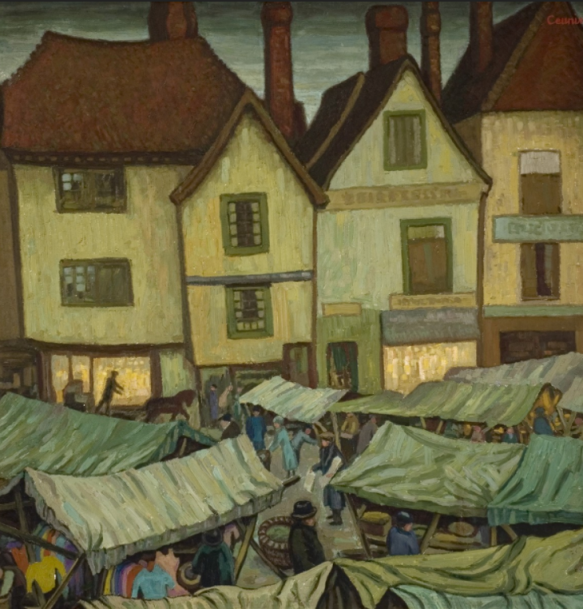
‘Hitchin Market’, 1930 (© North Hertfordshire Museum)
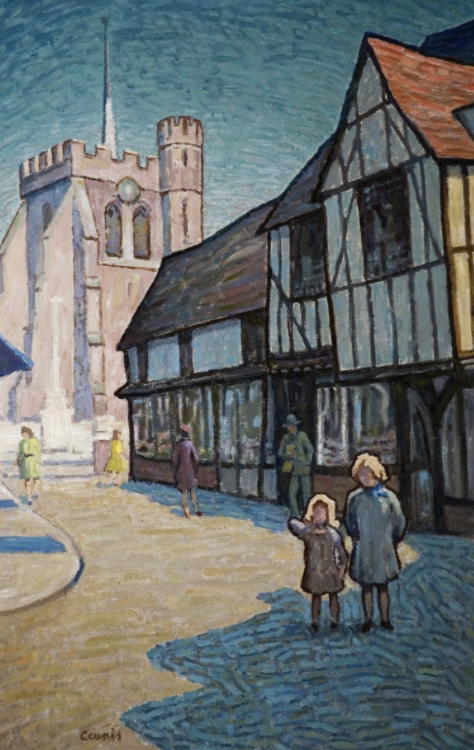
‘St Mary’s Square, Hitchin’, 1930 (© North Hertfordshire Museum)
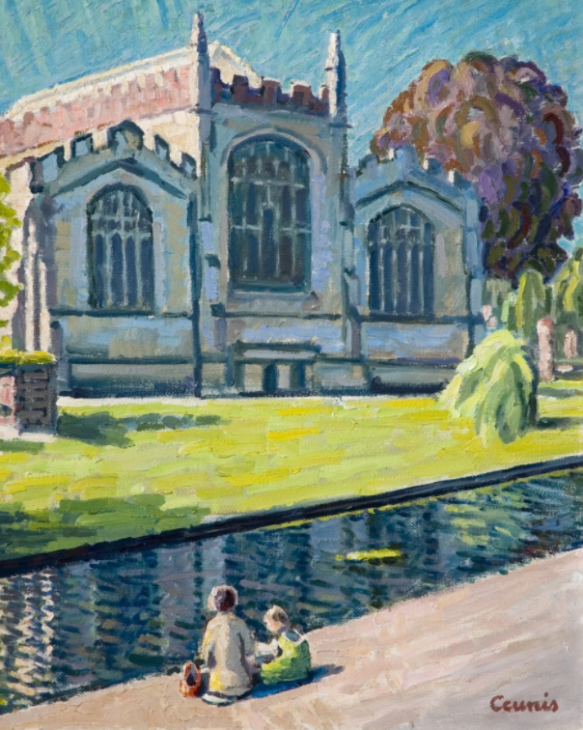
‘St Mary’s Church, Hitchin’ (© North Hertfordshire Museum)

‘St Mary’s Church, Hitchin, Floodlit at Night’, 1930 (© North Hertfordshire Museum)
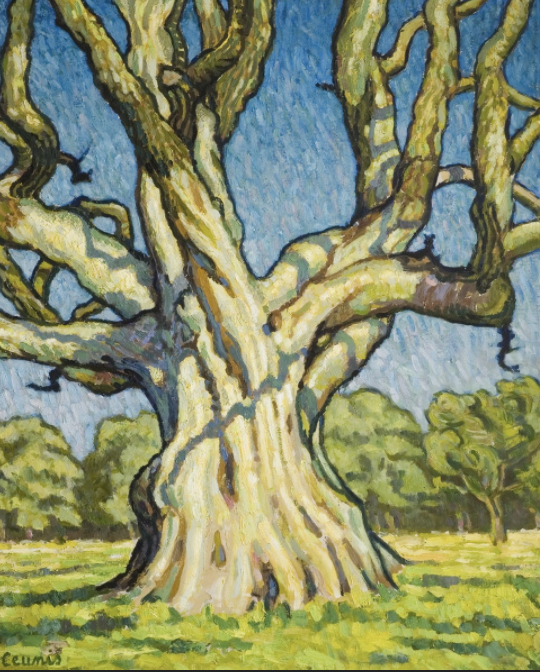
‘Tree in Priory Park, Hitchin’ , 1930 (© North Hertfordshire Museum)

‘Nacre’, 1930 (© North Hertfordshire Museum)
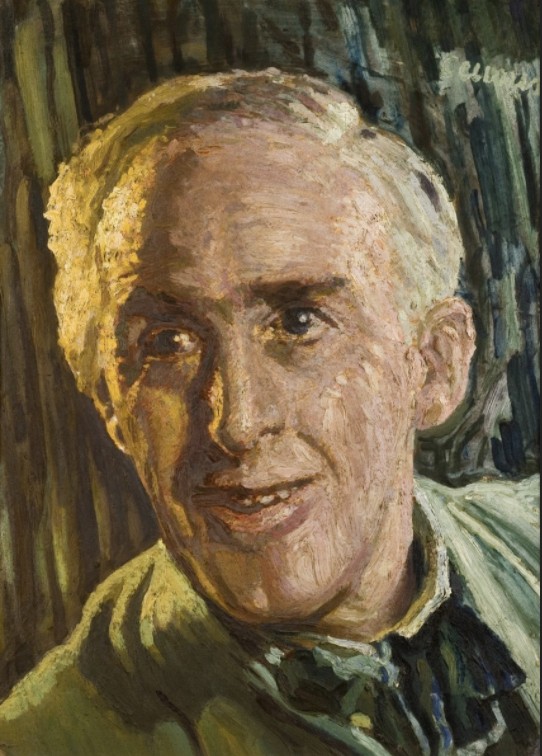
‘Reginald Hine’ (© North Hertfordshire Museum)
I’ve managed to find reproductions of two other paintings on an auction site : the floral piece reproduced earlier in this post, and this rather poor image of a painting of ‘Oughton Head Near Hitchin’, which was apparently purchased by Chrystabel Waldock for £5 in 1944 (I believe she was a relative of Hitchin businessman Robert Waldock, a leading member of Hitchin Art Club):
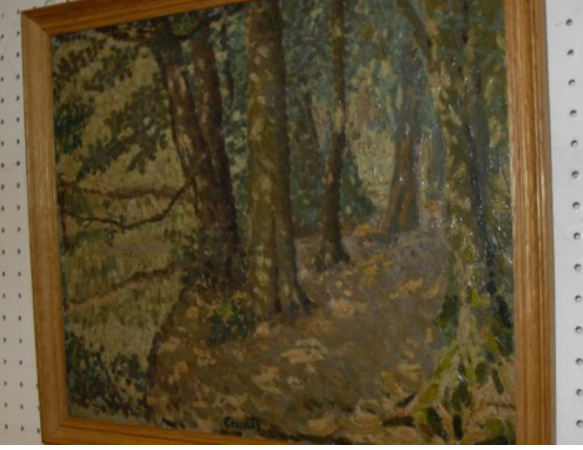
It’s possible that there are many more surviving examples of Gerard Ceunis’ artistic work in private collections, or possibly in galleries in Belgium or elsewhere. I would certainly be interested to hear from anyone who has come across any paintings by Ceunis, besides those featured in this post.

I have 3 oil paintings (signed) by Ceunis. The folk-lore is that they were given to my father-in-law, a Hitchin GP in lieu of medical fees!
R Burnett
LikeLike
Dear Rid
Thank you for making contact – a great story! I would love to see the paintings: could you possibly email me photos of them? My email address is: mprobb@btinternet.com
Best wishes
Martin
LikeLike